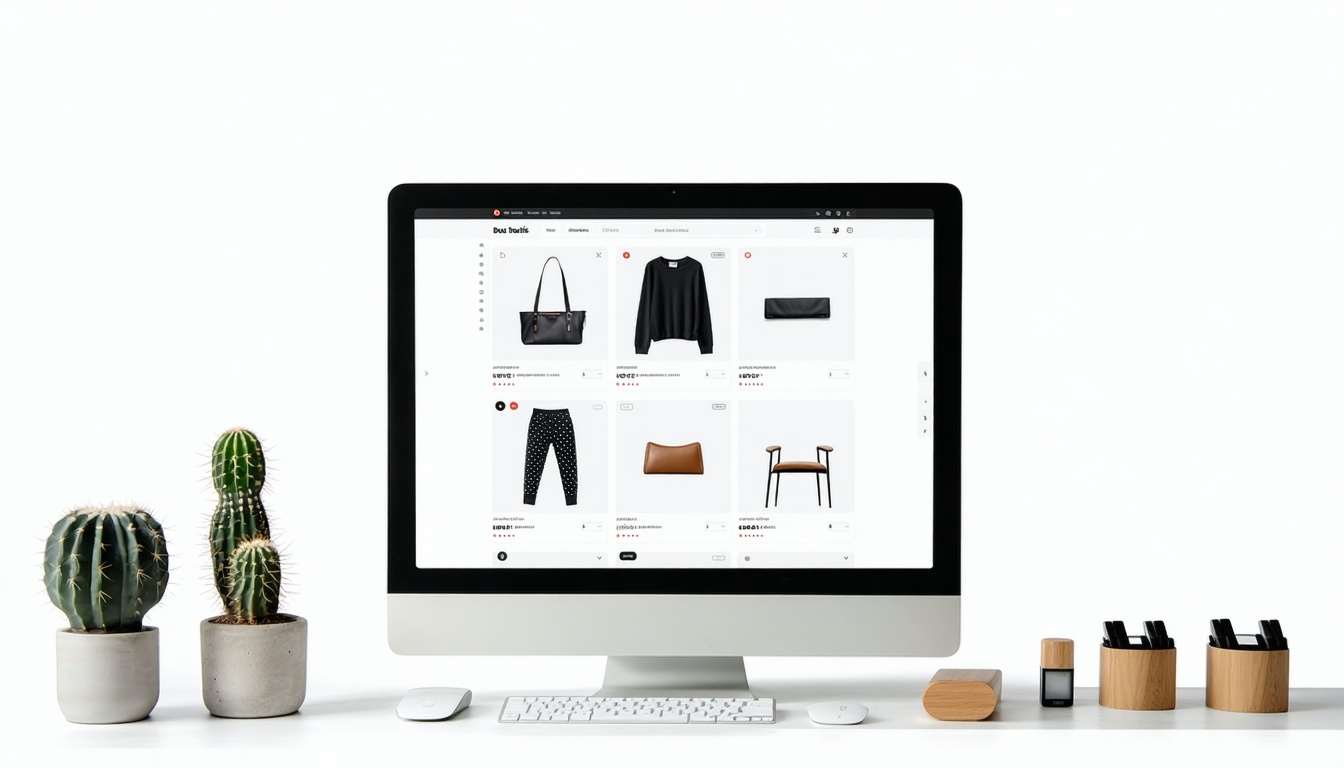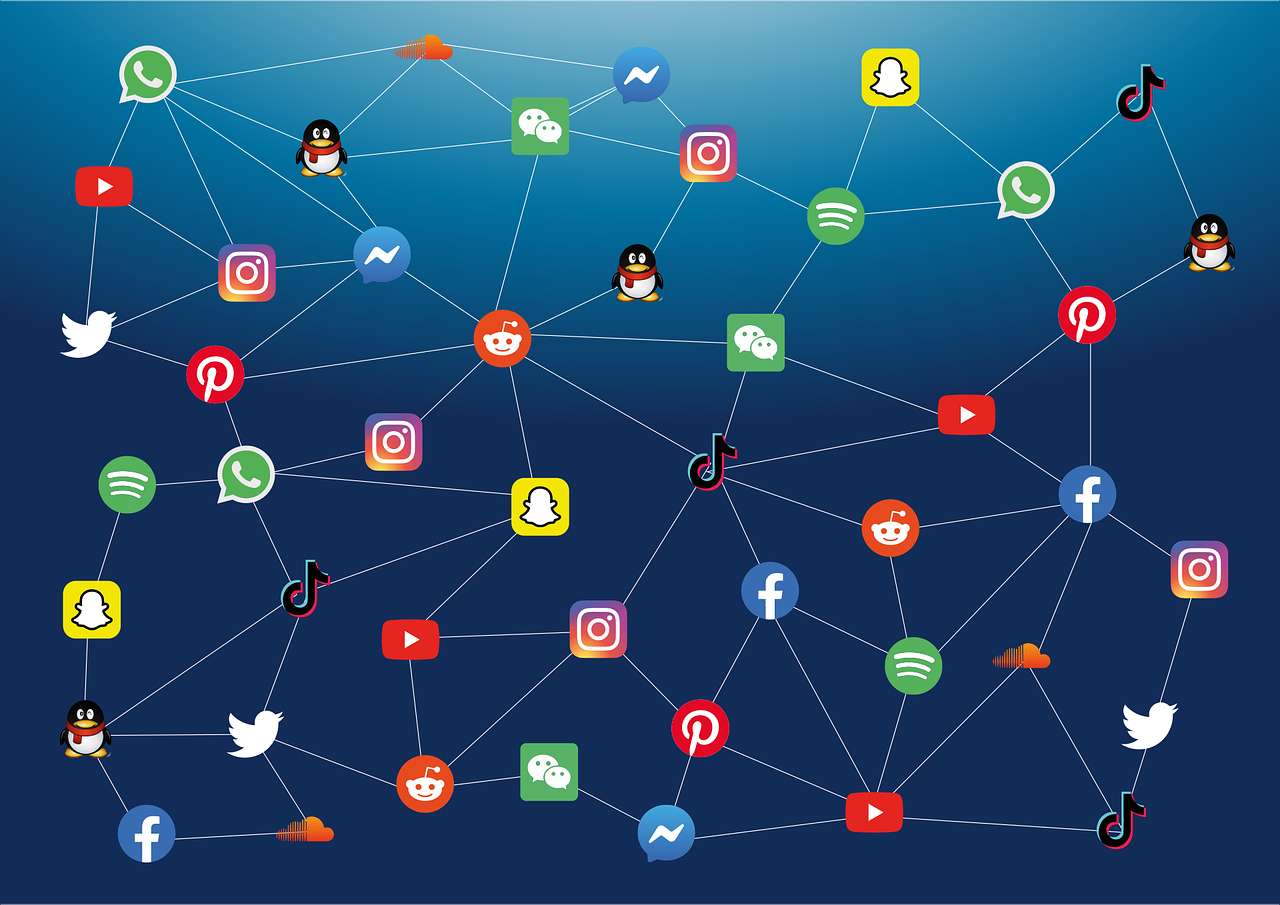Social Selling: A 5-Step Guide to Social Media Success
Have you ever wondered how to use social media to find and engage with potential customers? Social selling sometimes referred to as digital sales, is...
3 min read
Markezing Team : May 29, 2025 4:42:42 PM

In the world of modern commerce, success doesn’t come from working harder—it comes from working smarter. If your business uses Shopify to run your online store and HubSpot to manage your marketing, sales, and customer relationships, integrating the two can unlock game-changing potential. But it’s not just about connecting two tools; it’s about creating a powerful ecosystem where customer data, marketing insights, and transactional records flow together to drive growth.
This blog breaks down why Shopify-HubSpot integration is a strategic must-have for scaling eCommerce businesses—and more importantly, what makes this combination truly beautiful.
Shopify knows your customer’s purchasing behavior: what they buy, when they buy, and how much they spend. HubSpot, on the other hand, knows how your customers interact with your brand: emails they open, pages they visit, forms they fill out.
Without integration, this data remains in separate silos.
This creates major pain points:
Incomplete customer profiles.
Manual data syncing between tools.
Inability to personalize marketing based on real purchase data.
Difficulty segmenting leads vs. customers.
With integration, you can build a 360° customer view—combining behavioral and transactional data in one place.
| HubSpot | Shopify | |
| Contacts | ⇔ | Customers |
| Companies | ⇔ | Companies |
| Products | ⇔ | Products |
| Orders | ← | Orders |
| Carts | ← | Abandoned Checkouts |
Shopify alone doesn’t allow deep customer journey automation. HubSpot does. Once you integrate the two, you unlock automation power:
Welcome email series that triggers based on first purchase.
Abandoned cart workflows with dynamic product reminders.
Post-purchase nurturing to upsell or cross-sell based on product categories.
Re-engagement campaigns for inactive customers.
Every automation is driven by real-time Shopify data, not guesswork.

Imagine you want to send an exclusive offer to:
VIP customers who spent over $1,000 in the last 6 months.
Customers who bought shoes but never bought accessories.
First-time buyers with high-value carts.
Without HubSpot + Shopify integration, this would be a nightmare of spreadsheets and exports.
With integration, you can build these segments in seconds using eCommerce-specific filters, then launch laser-targeted campaigns from HubSpot—automated or on-demand.
This leads to:
Higher open and click rates.
Higher conversion.
Better customer retention.

Shopify tells you what got sold. HubSpot tells you how the buyer got there.
With native integration:
You know which email campaigns resulted in real purchases.
You can track how many sales your blog or landing pages generated.
You see ad ROI tied directly to revenue, not just leads.
The result: smarter decisions, better ROI tracking, and finally a real answer to the question, “Is this marketing working?”
Out of the box, Shopify reports tell you what got sold and to whom. But they’re transactional.
HubSpot’s reports can take that data further:
Break down revenue by traffic source.
See customer lifetime value segmented by acquisition channel.
Track marketing funnel conversion from first visit to repeat purchase.
Monitor customer journey stage—from lead to evangelist.
This allows you to build dashboards that are not just reporting tools—they become strategy tools.

By syncing Shopify orders, contacts, and abandoned checkouts to HubSpot, your entire team gains visibility:
Sales teams can see who’s buying and what’s in their cart.
Marketing teams can create personalized campaigns.
Support teams can view customer order history right inside HubSpot.
This alignment eliminates back-and-forth, empowers everyone with context, and creates a seamless customer experience.
The beauty isn’t just in the features—it’s in what those features unlock.
It’s about turning passive data into active strategies.
It’s about treating every customer like a VIP.
It’s about turning your store from a selling machine into a relationship engine.
Here’s what this looks like in real life:
A customer buys a new jacket. 2 weeks later, they get an email recommending care products.
A first-time buyer gets a thank-you note and an upsell discount—automatically.
A loyal customer hasn’t bought in 3 months—they get a personalized win-back campaign.
A high-LTV customer gets invited to a VIP launch event.
These aren't just tactics—they’re experiences. The kind that drive repeat purchases, referrals, and long-term loyalty.
Want to learn how to tailor this integration to your business model or industry?
Let’s talk. We help brands implement smart HubSpot-Shopify systems that scale with ease.

Have you ever wondered how to use social media to find and engage with potential customers? Social selling sometimes referred to as digital sales, is...

.jpg)
Social media marketing is taking the world by storm and has become an essential tool for small businesses. A strong social media presence can help...